Dear friends, colleagues and those who have expressed an interest in the FOOD & CULTURE of Japan:
SHŌBU: 尚武・勝負・菖蒲
The Japanese often engage in word play, and during the month of May there are two words, SHŌBU and KATSU, that provide opportunity to engage in homonym fun.
The words for martial spirit (shōbu, 尚武), victory (shōbu, 勝負), and a reed (that is a botanical relative of the iris flower shōbu 菖蒲) make a fortuitous pun.
Fragrant bunches of shōbu (iris reeds), are sold in supermarkets as well as flower shops during the Golden Week holidays in Japan. These reeds (botanically, Acorus calamus) are not placed in vases, as you might expect, but rather in the bathtub. Thought to strengthen the spirit and ward off illness, the ritual of bathing in shōbu yu is ancient. This form of hydro-aromatherapy probably originated in China before coming to Japan in the 8th century. A leisurely soak in shōbu yu is just the thing to soothe modern-day stress.
KATSU: 勝・活・カツ
To “win” (above on the left), to “invigorate” (above, center), and breaded, fried “cutlets” (above, right) all share the same pronunciation: KATSU. Because of this word play, tonkatsu (pork cutlets) are often served before sports competitions and entrance exams to signify good luck. Katsu (both pork and chicken) also appear on menus celebrating victory.
A bit about the origins of tonkatsu… Rengatei (the name means “brick abode”) was Japan’s first yoshoku-ya (western-style restaurant) on the Ginza; it is credited with being the first eatery to serve pork cutlets to a curious but appreciative clientele in 1895 (the 28th year of the Meiji Era). At the time, Chef Motojiro Kida listed them as poku katsuretsu on the menu.
The current name for the dish, tonkatsu (the “ton” is an alternate reading of the calligraphy “buta” meaning “pig”) was coined later, at the beginning of the Showa era by another owner-chef, Shinjiro Shimada, of Ponta restaurant near Ueno.
Interestingly — and rather telling of the rapid rise to popularity and continued devotion to this dish — both of these family-own-and-run restaurants are still in business today. However, if you are thinking to sample classic tonkatsu at either of these venerable establishments, be forewarned that neither takes reservations. Instead, try your own hand at making tonkatsu: download a recipe from my website. ENJOY!
A Taste of Culture PROGRAMS
A Taste of Culture offers custom workshops for visitors and residents who wish to learn about Japanese home-style cooking and prepare it for themselves.Details here.
For on-going inspiration and instruction in preparing Japanese food for yourself and others, visit KITCHEN CULTURE.
For those who want to explore and practice Japan’s washoku wisdom in their own kitchen, visit Kitchen PROJECTS.
Regardless of where you reside, I hope you remain interested in Japan and its food culture.
Hatsu-Gatsuo
Japan’s seasonal sensibility celebrates the transition from spring into early summer with hatsu-gatsuo (skipjack tuna(Katsuwonus pelamis) prepared tataki-style. Whole loins of katsuo are seared, plunged into ice water, patted dry then showered with fresh herbs, cracked pepper and roasted garlic.
Kashiwa Mochi
Oak-leaf wrapped mochi are associated with Kodomo no Hi (Children’s Day) celebrated on May 5. Why? Because oak trees represent strength and longevity (the leaves don’t fall from their branches until new shoots appear in early summer). This analogy to generational continuity and vigor appeals to Japanese family values.
Two-Session Tsukémono Workshop
June 27 (Friday 6:30-8:30 pm) & June 28 (Saturday 10:30 am-4:00pm)
WASHOKU ESSENTIALSbi-monthly column in the Japan Times.
Most recently about UDO vegetable with KIMIZU sauce
WASHOKU KITCHEN WISDOM
essays & recipes are posted to The Japanese Pantry, an online store dedicated to making quality artisanal Japanese ingredients available to cooks in the United States. My latest contribution is Turnips with Crumbly Chicken Sauce Enjoy!
Episode 341 (Sept 10, 2024) is about the language used to describe food textures … mouthfeel is often the most challenging element when trying new foods.




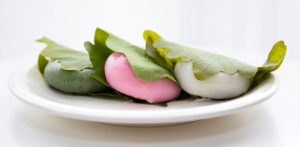
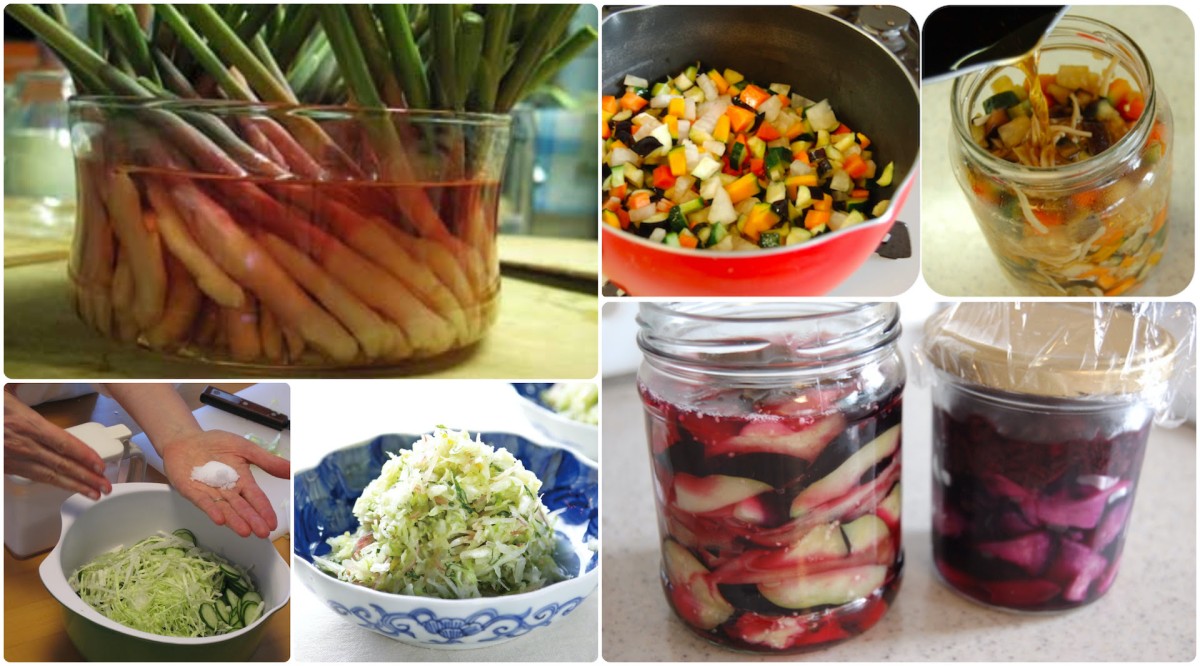
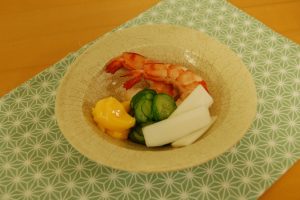


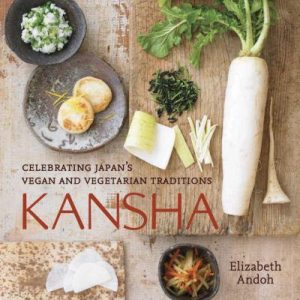
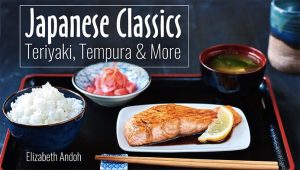

Comments